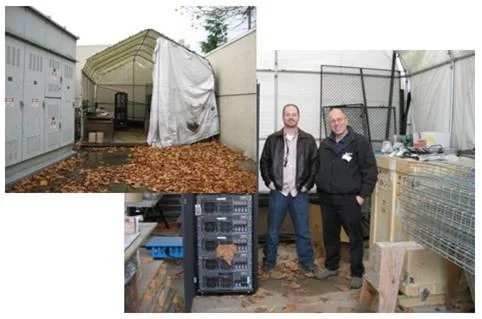Telling a good story can be powerful and it is what i keep in mind when moderating presentations at Structure Conference. The three presentations I am moderating are as follows.
These may seem boring, but not nearly as boring as discussing fonts. :-) Athough to be fair fonts did make it into a Ted Conference where Matthew Carter discussed the crazy idea of why we created Verdana. At the end of this post is Matthew telling the story of Verdana. Stories work, but are so hard to do well.
Why Reaching Zero Data Centers is So Challenging
Juniper began its journey to transition its corporate applications to the cloud six years ago. While the company expected to complete that transition this year, the task at hand isn’t as easy as it sounds. There have been many takeaways and lessons learned that Bob’s team has bundled into a “playbook” – outlining best practices on how to achieve zero physical data centers, how to overcome the hurdles and why the process is more difficult than many realize. In this discussion, Bob will share why it’s so hard to get to zero data centers and detail how your company can successfully see the light (i.e. the cloud) at the end of the tunnel.
Speaker:
Bob Worrall
SVP, Chief Information Office
Kubernetes as a Hybrid Cloud Platform: Federating Across Public, Private and Edge.
Is it another workload orchestration technology, or is there something deeper driving Kubernetes adoption? Numerous factors have contributed to its success, including its origins in Google's infrastructure, the open source community contributing momentum, and real world deployments that speak clearly to its value. One use case stands out in terms of its relevance to the enterprise: Kubernetes as a hybrid cloud platform. In this panel distinguished leaders discuss this and offer insights for future evolution in the space.
Speakers:
Sirish Raghuram
Co-Founder and CEO, Paltform9
Vibu Pratap
VP of Engineering, Veritas
Allan Naim
Product Manager - Kubernetes, Google
Containers, Containers, Containers: Lessons from Liberating Enterprise Workloads
Everywhere you look, it's all about containers. It's clear containers will be the path forward for application virtualization and the convenience it brings to IT app management and workload transportability. In this panel we talk to three of the leading technologists in the industry who are putting themselves and their customers behind a container rich future. Come learn what containers will really mean for you.
Speakers:
Alex Polvi
CEO, CoreOS
Madhura Maskasky
Co-Founder and Platform9






